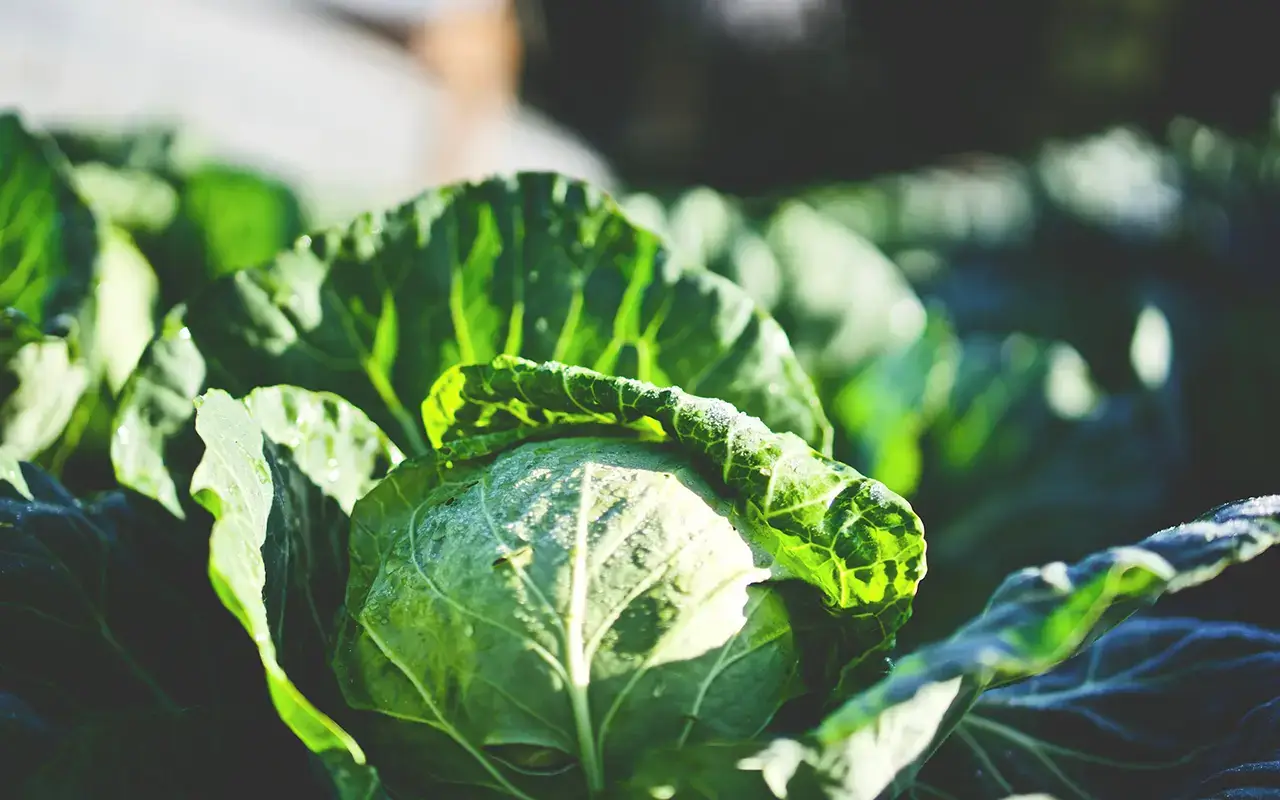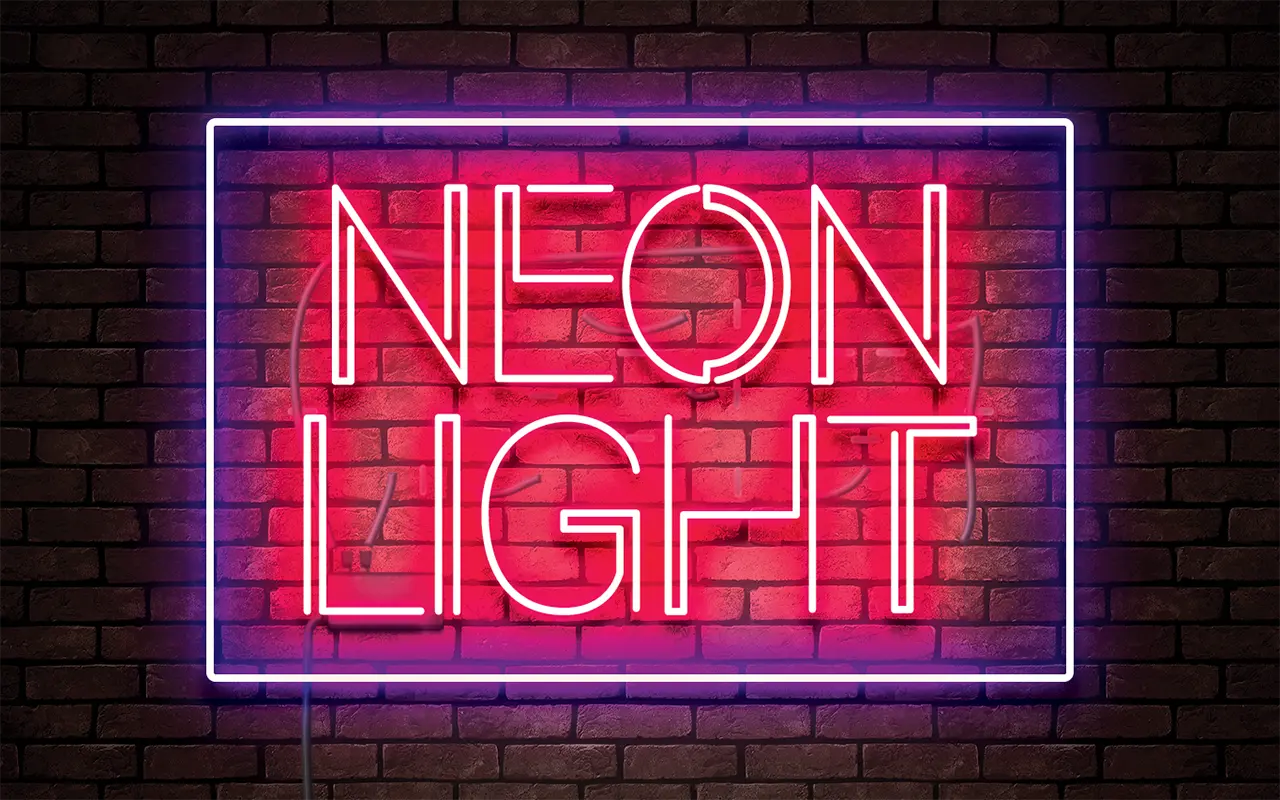LED strips are a multifaceted innovation. These strips are often used for decoration or in viral videos, but they also help plants grow. In this era, sustainability is important, not just a trend. Let’s consider practical and unusual solutions. LED strip lights are a great way to help plants grow. They are eco-friendly, efficient, and highly effective.
In this article, we will explain how this technology provides light for your plants. We will also discuss why you should consider using this option for your indoor garden.
Why Do Plants Need Sunlight?
Sunlight is the lifeblood of plants. Plants turn sunlight into energy using photosynthesis. This process is catalyzed by something. This energy keeps them alive and is the basic building block for all food webs on Earth. So, what happens when sunlight is scarce or unavailable? Plants suffer. They become leggy, pale, and weak, leading to lower yields and, in extreme cases, death. To have a successful indoor garden, you need a light source that can replace sunlight.
The Growing Trend of Indoor Gardening
The concept of indoor gardening has been gaining traction for various reasons. Urban living often has space limitations, making traditional gardening impractical for many. People are growing their own food to be self-sufficient and live organically. However, indoor gardening is relatively easy. The primary obstacle? Mimicking the natural light that plants so desperately need for photosynthesis. LED strip lights have made it possible for indoor gardeners to grow plants all year round.
Mik azok a LED szalagfények?
LED strip lights are made by putting LED lights on a flexible circuit board strip. The strips are versatile. They can be cut to fit individual needs during installation. They also have a sticky back, so you can easily stick them on different things. But their spectral capabilities set LED strips apart from other light sources. LED lights can emit different colors, making them perfect for indoor gardening. They are energy-efficient too.
Different Types of LED Strips for Plant Growth
RGB vs. Full-Spectrum LED Strips
RGB LED strips are usually not used to assist plant growth, despite their vibrant red, green, and blue colors. Although they look nice, they don’t give plants all the light they need to grow well. On the other hand, full-spectrum LED strips are engineered to produce a balanced range of light wavelengths. Plants thrive when they get sunlight-like wavelengths. This helps their roots, flowers, and fruits.
Single Color vs. Multi-Color
Single-color LED strips are a great choice if you want to focus on a specific growth phase of your plants. Blue light helps plants grow, while red light makes them flower and bear fruit. Multi-color strips provide a complete solution. They emit different wavelengths for all growth stages. You can set these lights to match what your plants need, so they work well for indoor gardens.
Traditional Light Sources vs. LED Strips
Efficiency of LED Light Strips
LED strips use less energy than fluorescent or incandescent bulbs, making them more efficient. They utilize a fraction of the electricity while producing a light spectrum more finely tuned to plant needs. By reducing your energy bill and minimizing your carbon footprint, you can align with eco-conscious gardening practices.
Előnyök és hátrányok
While LED strips offer significant advantages, they have drawbacks. LED lights offer many reasons to choose them: they save energy, last long, and can be customized. LED bulbs usually last longer than traditional bulbs, often by several years. The starting cost might be high, but picking the right light can aid plant growth. If you don’t know much about plant lights, you might buy ones that aren’t good. Therefore, research is critical before switching to LED strips for plant growth.
Can You Use LED Strip Lights to Grow Plants?
The Science Behind It
LED strips can be a great help to your plants. It’s important to understand the science behind this. LED strips release certain light colors that help plants grow, unlike sunlight which has many colors. The result? You can optimize photosynthesis in a controlled environment to help your plants grow better.
Required Color Spectrum
Regarding plant growth, not all colors in the spectrum are created equal. Plants need blue light for growth. It helps roots and leaves grow strong. However, red light is important for making flowers and fruits grow. Advanced LED strips can adjust the light for your plants at different stages of life.
Setting Up Your LED Strip System
Setting up your LED strip system is more than just a plug-and-play task. First, assess the area where you intend to establish your indoor garden. This will guide the length and number of LED strips you need. Choose strips that align with your plants’ growth stage and needs. Installation is usually straightforward—most strips have adhesive backing or mounting brackets. Position them in a manner that distributes light evenly across your plants. Finally, plug the setup into a power source and run tests to ensure the system functions as expected.
Factors to Consider When Using LED Strips
Distance from Plants
The positioning of LED strips can make or break your indoor garden. If you put them too close, your plants might get burned by the light. But if you set them too far, the light won’t work well. To find the best height for your plants, start with the light far away and slowly lower it.
Light Exposure Time
Determining the optimal light exposure time is challenging but essential for plant growth. 14-18 hours of light exposure is generally recommended for vegetative growth stages. However, during the flowering stage, 10-12 hours should suffice. LED systems have timers that control the lighting schedule automatically, so you don’t have to adjust them yourself.
Benefits of LED Strip Lights for Growing Plants
Energiamegtakarítás
LED strips are great for indoor gardens because they use less energy. LEDs are very efficient. They save more energy than traditional bulbs like incandescent or fluorescent ones. Saving energy can lower your monthly electricity bill and help the environment.
Space Flexibility
The design advantages of LED strips are to be considered. Their thin, flexible nature makes them ideal for tight or unconventional spaces. You can use LED strips to grow herbs on a windowsill or create a succulent wall. LED strips are easy to install and maximize the potential of any growing area.
Longevity and Safety
Opting for LED strips isn’t just a smart choice for now; it’s an investment for the future. These lights last for many years, much longer than traditional ones. They are well-known for this. Also, operating at lower temperatures greatly reduces the risk of accidents or fires.
Low Heat Output
Heat can be a nemesis for plants. Old-fashioned light bulbs can get so hot that they can harm or even scorch your plants. LED strips, in contrast, maintain a low heat output. You can put them closer to the plant canopy to absorb more light without getting damaged by heat.
Real-Life Examples and Case Studies
Case Study 1: Jane, a Home Gardener
A passionate home gardener, Jane switched from conventional lighting to full-spectrum LED strips. The result? Her plant yields a staggering 20% increase within a single growth cycle. Jane’s story demonstrates how LED lighting can revolutionize indoor gardening, not just in one case.
Case Study 2: Academic Insight
LED lights are better than fluorescent lights for plants, according to a study by Colorado State University in 2019. The study showed that LEDs are better at producing light and using energy than other lights. Many indoor gardeners already knew this.
GYIK
Can I Use Standard LED Strips for Growing Plants?
No, your average LED strip won’t suffice for optimal plant growth. You’ll want to go for LED strips that are either full-spectrum or dominant in blue and red wavelengths. These specific types of light imitate the sun and are made for plants at different growth stages. Full-spectrum LED strips are very versatile. They simulate natural sunlight and provide plants with balanced light.
What’s the Ideal Light Exposure Duration with LED Strips?
Aim to have the LED strips on for about 14-18 hours daily for the vegetative stage. Once your plants reach the flowering stage, you can reduce this to 10-12 hours. To avoid stressing your plants, it’s important to imitate natural day-night cycles. You can use programmable timers to automate this.
What LED Color Spectrum Should I Use for Seedlings and Clones?
For seedlings and clones, a blue-dominant light spectrum is often recommended. Blue light helps plants grow better by strengthening their roots and leaves, making them healthier.
Is it Possible to Use Regular LED Lights for Plant Growth?
Regular LED lights can be used, but plant-growing LED strips are more effective. Regular LEDs don’t have the right wavelengths for different growth stages. Even if they are used, these LED strips will likely produce worse results than full-spectrum or red/blue dominant ones.
Hogyan válasszam ki a legjobb LED csíkokat a növények növekedéséhez?
A LED-szalag kiválasztásakor gondoljon a növényeire, azok növekedési szakaszára és a helyére. A fénycsíkok kiválasztásakor olyanokat keressen, amelyekben a kék és a vörös fény jól keveredik. Egy másik lehetőség a teljes spektrumú fények, amelyek nagyon hatékonyak. További fontos jellemzők közé tartozik az állítható fényerősség és a programozható ütemezés.
Károsíthatják a LED csíkok a növényeimet?
Bár a LED-csíkok általában biztonságosak, a helytelen használat fényterhelést okozhat. Növényei védelme érdekében óvakodjon a túlzott fénytől vagy a rossz spektrumtól. Keresse az olyan jeleket, mint a hervadás vagy az elszíneződés, majd szükség szerint módosítsa a beállításokat.
Mi a helyzet a LED hatékonyságával?
A LED-csíkok energiahatékonyak, nagy mennyiségű fényt biztosítanak anélkül, hogy sok áramot fogyasztanának. A beltéri kertek olcsó és környezetbarát beruházás, amely pénzt és energiát takarít meg.
Használhatok LED csíkokat hidrokultúrás berendezésben?
A LED-csíkok nagyszerűek a hidrokultúrás rendszerekhez. A LED-es lámpák nem termelnek sok hőt, és a különböző világítási igényeknek megfelelően cserélhetők. Ezek a lámpák jól működnek ezekben a beállításokban, mert elegendő fényt biztosítanak anélkül, hogy túlmelegítenék a vizet vagy a gyökereket.
Milyen távolságra legyenek a LED csíkok a növényeimtől?
Ha túl közel van, akkor megégetheti a növényeit. Túl messze, és a fény nem biztos, hogy hatékony lesz. Az ideális távolság a növény típusától és növekedési szakaszától függően változik. Az általános szabály mégis az, hogy körülbelül 6 hüvelyk távolsággal kezdjük, és szükség szerint változtassuk meg a távolságot.
A LED csíkok hosszú távú befektetésnek számítanak?
A LED-csíkok általában hosszú ideig, gyakran több mint 50 000 órán át tartanak, mielőtt ki kellene cserélni őket. A LED-csíkok okos választás a beltéri kertészek számára. Energiát takarítanak meg és elősegítik a növények növekedését.
Tippek a LED csíkokkal történő növénytermesztéshez
LED csíkok a hidrokultúrában
Ami a hidroponikus kertészkedést illeti, a LED-es szalagfények a mennyországban készültek. A zárt rendszerekben általában gyenge a légkeringés. Jobb, ha olyan eszközöket használunk, amelyek kevesebb hőt termelnek. Emellett nagy hatékonyságuk biztosítja, hogy a növények megfelelő fényt kapjanak anélkül, hogy pazarolnák az áramot. A LED-csíkok használata a hidroponikus berendezésben nagy különbséget jelenthet a növények növekedésében.
Az optimális növekedés érdekében a megfelelő kiigazítások elvégzése
A LED szalagfények nem egy "állítsd be és felejtsd el" megoldás. Fontos, hogy figyelje növényeit a fénystressz jeleire, például a hervadásra vagy a színváltozásra. Ha a stressz jeleit észleli, a modern LED-rendszerek képesek a fényerősség vagy a fény színének beállítására. A LED-ek képesek beállítani a megvilágításukat, ami hasznos az idővel változó beltéri kertek esetében.
A LED csíkok költségei a növények termesztéséhez
Egy jó LED szalagrendszer ára elsőre magasnak tűnhet, de ne ítélkezzen elhamarkodottan. Hosszú távon nézve a LED-ek gyakran a gazdaságosabb választás. A beltéri kertészkedést kedvelők pénzt takaríthatnak meg a tartós és költséghatékony lehetőségek választásával.
Következtetés
A LED-csíkok nem csak a megjelenésért felelősek, hanem a szobanövények termesztésében is nagy segítséget jelentenek. Számos előnyük van, az energiahatékonyságtól kezdve a különböző termesztési körülményekhez való alkalmazkodóképességig. Bár a kezdeti költségek ijesztőek lehetnek, a hosszú távú előnyök tagadhatatlanok.
Készen áll arra, hogy a termelékenység és szépség új magasságokba emelje szobakertjét? Ne habozzon; egy buja, virágzó beltéri oázis már csak egy LED-csík választja el.
Ez a teljes útmutató a LED-es szalagfények használatához a legjobb növénynövekedés érdekében. Nincs is jobb alkalom, mint most, hogy a LED-ek erejével kezdje meg a beltéri kertészkedés útját.
A LED-es szalagfények nem csak egy trend a beltéri kertészkedésben, hanem egy játékmegváltoztató eszköz. Ha csúcsminőségű LED szalagfények és LED neon flex, nézd meg Unitop. Ők Kína egyik legjobb gyártója. Bármilyen fennmaradó kérdés vagy speciális igény esetén ne habozzon. forduljon hozzánk. Amikor Unitop lámpákat vásárol, nem csak lámpákat kap. Olyan növekedésbe, minőségbe és szakértelembe is befektet, amelyet senki sem tud felülmúlni.

Tom jelenleg az értékesítési vezetője a Unitop (Kína) Co., Limited. Ő volt a LED világítás 2005 óta az iparágban. Szakértője az értékesítésnek és marketingnek, valamint a gyárirányításnak. Szereti a testépítést, és őrült Apple rajongó! Keményen dolgozik, szeret tanulni és új dolgokat kipróbálni.
E-mail: tom@unitopledstrip.com WhatsApp: +86-18680307140








Hagyjon egy választ!
Szeretne csatlakozni a beszélgetéshez?Nyugodtan járulj hozzá az alábbiakban!